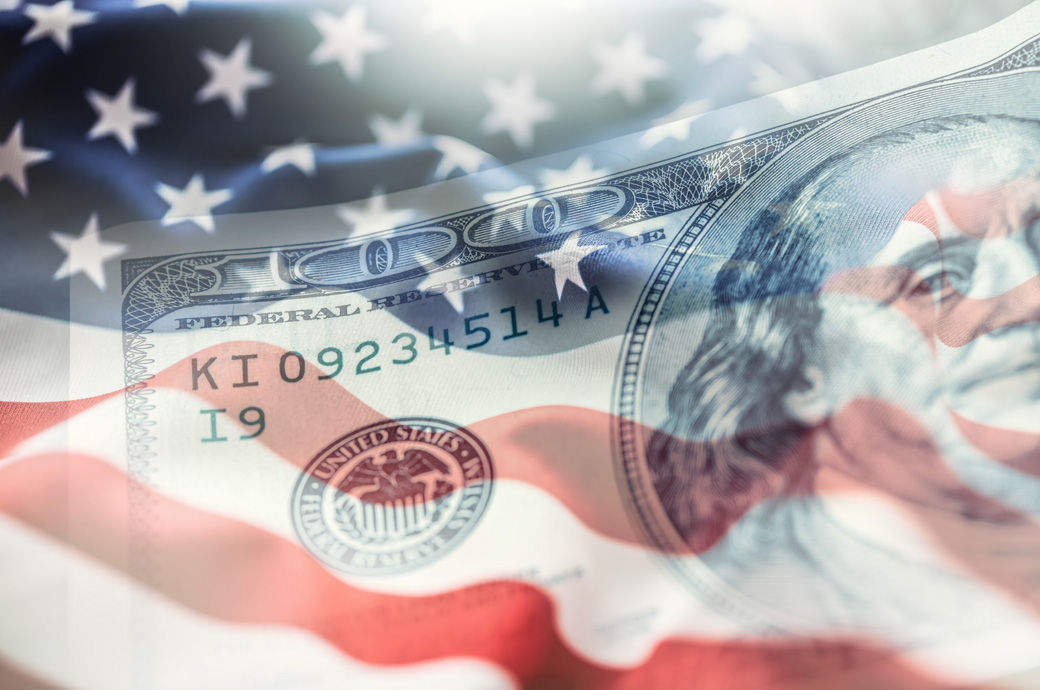

The US think tank’s coincident economic index (CEI) for the country rose by 0.3 per cent in March to 112, after a 0.1 per cent increase in February. As a result, the CEI rose by 0.6 per cent over the six-month period ending March 2024, down from a 0.9 per cent increase over the previous six months.
The LEI provides an early indication of significant turning points in the business cycle and where the economy is heading in the near term, while the CEI indicates the current state of the economy.
The LEI’s year-on-year (YoY) growth remains negative, but is on an upward trend. Its decline in March was driven by the negative yield spread and weakness in building permits, consumer sentiment and new orders.
“Negative contributions from the yield spread, new building permits, consumers’ outlook on business conditions, new orders, and initial unemployment insurance claims drove March’s decline. The LEI’s six-month and annual growth rates remain negative, but the pace of contraction has slowed. Overall, the index points to a fragile—even if not recessionary—outlook for the US economy,” commented Justyna Zabinska-La Monica, senior manager, business cycle indicators, at the think tank in a release.
“Indeed, rising consumer debt, elevated interest rates, and persistent inflation pressures continue to pose risks to economic activity in 2024. The Conference Board forecasts GDP [gross domestic product] growth to cool after the rapid expansion in the second half of 2023. As consumer spending slows, US GDP growth is expected to moderate over Q2 [second quarter] and Q3 of this year,” she added.
The CEI’s component indicators—payroll employment, personal income less transfer payments, manufacturing and trade sales, and industrial production—are included among the data used to determine recessions in the United States.
All four components of the index improved last month. Industrial production and personal income less transfer payments made the largest positive contributions to the Index.
Fibre2Fashion News Desk (DS)